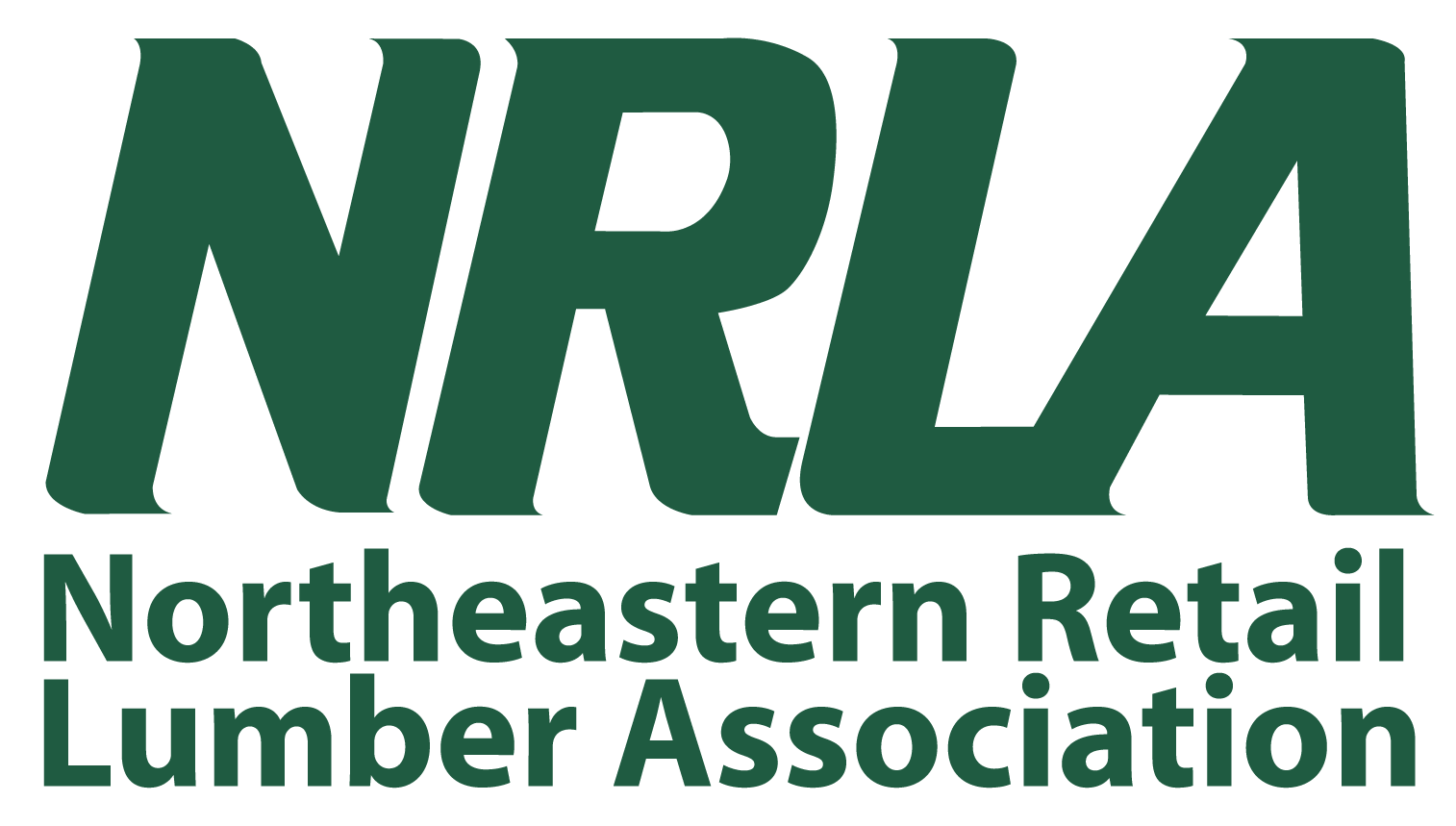Winter weather is here, and while lumber businesses may be looking forward to a temporary reprieve from hurricane season, weather events in cold climates can be similarly threatening. This past winter, we saw a sizeable increase in wind, hail, and storm damage to businesses across the industry. As we work through another winter season, we expect this trend to continue and for related claims to continue to mount. As a result, proper safety practices and risk management are essential.
What are the winter weather risks for lumber businesses? There are a range of potential threats, ranging from slips and falls to fleet safety issues and, perhaps most costly, roof collapses and damages. Failure to properly address and plan around these exposures can not only lead to expensive claims but also put staff, customers, and your entire business at risk.
WHAT ARE THE EXPOSURES?
While winter weather exposure can vary regionally, there are generally a few critical factors to keep in mind. First, the vast majority of impactful claims we see in the winter are roof-related. At some businesses, this is an issue related to outdated roofs. Many lumber and building material businesses still have barrel roofs in place from when their operations were originally constructed in the 1930s and 1940s. These arched roofs are more likely to fail due to several design defects, such as frequent breakage and gaps. In other cases, we see lumber businesses that simply have not prioritized roof maintenance.
For example, a Midwestern building material dealer in a fairly modern building recently suffered a major loss after a snowstorm left roughly 40 inches of snow on its roof. The business owner had no major safety practices in place and was behind on regular maintenance. The roof failed, and the damages led to a roughly $3 million claim. During the same storm, we saw another business owner undergo a roughly $4 million claim due to a partial roof collapse. That business also did not have strong winter weather safety practices in place.
Slips and falls are another common claim-driver in the winter. Generally speaking, slips and falls make up about half of a retail operation’s exposure. Rapid and frequent snowfall can lead to dangerous ice accumulation and severe injuries to both staff and customers within unprepared businesses.
Thirdly, winter driving can be a point of concern. Managers may be tempted to deploy their drivers in a severe snow or hailstorm to ensure they are not late in delivering products. But is that worth the risk to the business and to driver safety? Lumber businesses should have a policy in place that outlines protocols for such situations before winter begins.
WINTERIZING YOUR LUMBER BUSINESS
While we may not be able to stop Mother Nature, there are several risk management practices business owners can implement that can significantly limit exposure. In terms of roof safety, frequent roof inspections and maintenance are a must. We continue to find losses at companies that are not emphasizing preventative maintenance. Every fall, customers should do an in-depth walkthrough to identify damaged trusses and repair them before the winter. Consider hiring a contractor to do a professional roof inspection and look for any additional areas that need repair.
OTHER SAFETY PRACTICES TO CONSIDER
Establish a snow removal program: Heavy snow accumulates quickly. In the case of the two losses in the Midwest, a thorough snow removal plan could have prevented or reduced damage to the roofs. This plan should thoroughly detail company policy on when and how snow should be removed. Ideally, the plan would not require staff members to go on the roof itself. Business owners could employ a snow removal contractor or purchase a roof rake.
The plan should also clearly identify key structures. A few years ago, a loss was reported to us when a snowplow sheared a fire hydrant. The staff member operating the plow could not see the fire hydrant through the snow. This led to flooding at a nearby factory that was located in a basement.
Lastly, the program should consider parking lots and entryways. A staff member should be on site before customers arrive to ensure the areas are cleared safely to reduce the chance of a slip-and-fall incident.
- Regularly inspect: We recommend a winter pre-inspection in addition to regular reviews of exposed areas in the business. Simply checking and cleaning gutters and drains can lead to less pooling and ponding on the ground, decreasing the risk of a slip-and-fall claim.
- Consider technology: Several technological advancements can help with winter weather management. We recommend utilizing drones to identify drainage issues and growing vegetation. That way, staff members do not have to climb a ladder and walk on the roof. While vegetation may not seem like a winter issue, the weight of any plants could push a roof closer to collapse. Any vegetation or drainage issues can increase the potential for roof failure.
Implementing a good weather monitoring system is also critical. Monitoring systems today are much more accurate in predicting snowfall or heavy winds, allowing business owners to stay ahead of winter events.
Winter weather can prove challenging for lumber businesses, but taking the right safety steps can make all the difference. Take the time now to reassess your winter weather plan and ensure your business is protected from the heavy snow, wind, and hail to come.
Mike Seiwert, Pennsylvania Lumbermens Mutual Insurance Company, is a senior loss control representative. He can be reached at mseiwert@plmins.com.







